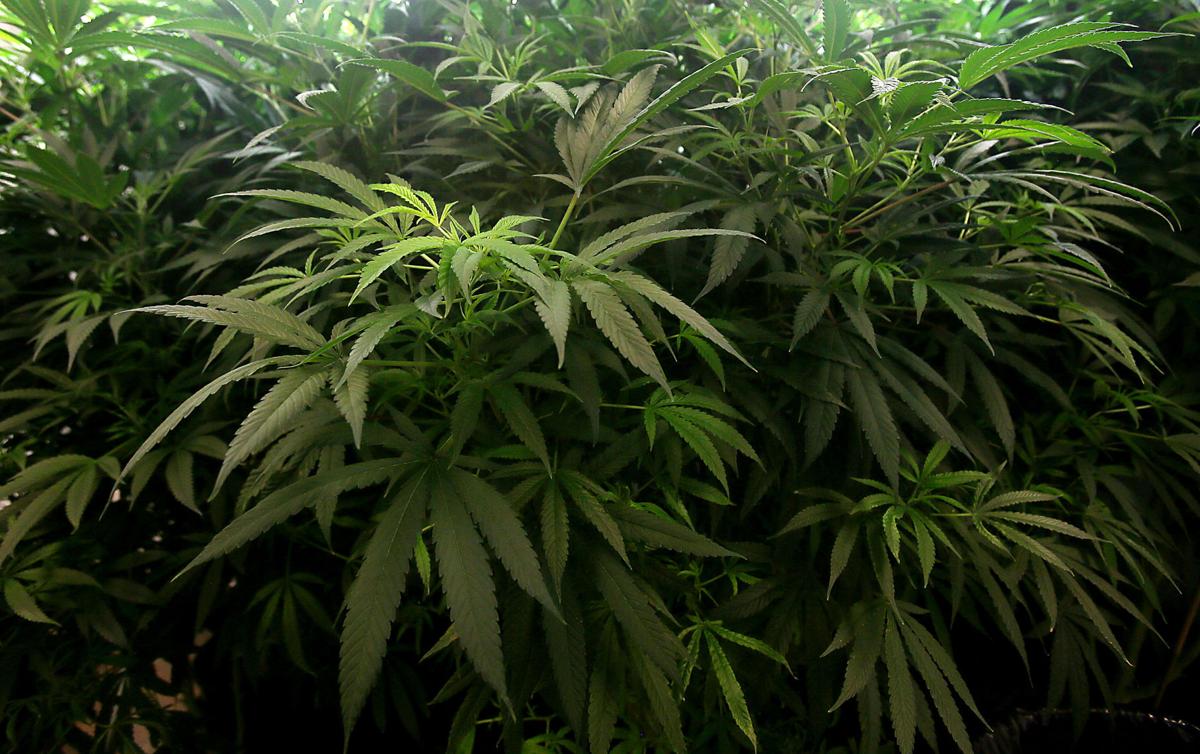Pima County brought in about the same amount of tax revenue from recreational and medical marijuana sales, about $2.4 million, as the city of Tucson since July 2021, according to data provided by the interim county administrator.
Unlike the city, however, which projected about $8 million in revenue for the fiscal year and is expected to bring in $4 million, the county views this revenue almost as found dollars.
That’s because the county didn’t factor potential marijuana tax revenue into its budget, according to Jan Lesher, the interim Pima County administrator.
“Because the adult use marijuana tax only started in January 2021 and marijuana tax revenues were uncertain, Pima County did not budget for any marijuana tax revenue in FY 2021/22,” Lesher said in an email.
Like the city, the county receives tax revenues from two separate tax streams: a state sales tax and an excise, or “sin,” tax. The difference in how that money is appropriated is complex.
For example, the state sales tax, which is 5.6%, is what consumers are charged at dispensaries in unincorporated Pima County for all marijuana purchases, recreational or medical.
Dispensaries in Tucson city limits add an additional 2.5% tax on to that, and other cities and towns do the same and various rates. Pima County doesn’t tack on any additional tax.
So, when the county receives its apportionment dollars of state sales tax revenue, it’s receiving an (estimated) proportional amount for sales in the entire county, not just for dispensaries in unincorporated areas.
“The state shared sales tax portion is an estimate of Pima County’s share of the state sales tax collected from all adult use marijuana dispensaries statewide,” Lesher explained.
The county received more than $565,000 in state sales tax revenue, which will be deposited into the general fund and used for general fund purposes, according to Lesher.
Lesher said excise tax dollars from marijuana sales go to the county health department, sheriff’s department and the county’s transportation fund — about $200,000, $795,000 and $800,000, respectively.
Jon Udell, a Scottsdale attorney and political director for the Arizona branch of the National Organization for the Reform of Marijuana Laws, or NORML, explained how excise tax dollars are split up. Referring to Proposition 207 he said “that’s the statute that governs the Smart and Safe Arizona Fund, establishing it and allocating money from it.”
The Smart and Safe Arizona Fund was established when voters passed Proposition 207 approving recreational marijuana use in November 2020. It is funded exclusively by excise tax dollars raised from those marijuana sales.
Those funds are distributed by a formula:
33% to community colleges.
31.4% to local law enforcement and fire departments.
25.4% to the state and local transportation programs.
10% to public health and criminal justice programs.
0.2% to the attorney general for enforcement.
The marijuana tax revenue the county received for transportation funding can be used per guidelines set in the Highway User Revenue Fund.
The money for law enforcement is determined according to the number of individuals from each department enrolled in the Public Safety Personnel Retirement System. That money goes into that retirement system, said Sam Richard, director of the Arizona Dispensary Association.
But where does the $200,000 for the county health department come from? Those dollars come out of the 10% set aside for public health and criminal justice programs.
Of that 10%, 3.5% is to be split by county health departments.
These dollar amounts aren’t final, either.
The state’s fiscal year ends June 30, with final tax revenue payments from the Arizona State Treasury released then.





